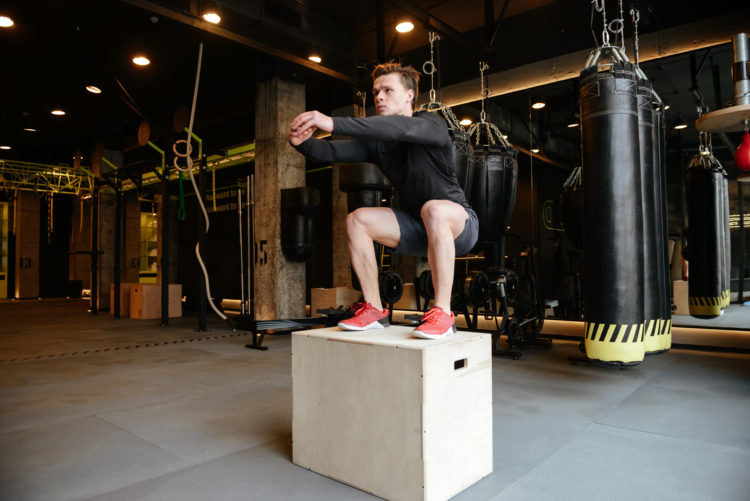
Nothing puts a damper on the activities you enjoy doing the most like the striking pain of shin splints. The throbbing, achy pain along the inner edge of the shinbone can become unbearable and can greatly affect a person’s normal activity level. Activities that require a large amount of running or forceful movement can often be the cause of this condition. The earlier you recognize your symptoms and begin to treat them, the faster you’ll be back to enjoying your activities again.
“Posteromedial tibia stress syndrome, known to most as “shin splints,” is caused by repeated stress and inflammation of the muscles, tendons, and bone tissue around the tibia – where the muscle attaches to the bone,” explains Dr. Timothy Bollom, orthopedic surgeon at The Center. “(It is) super common in runners and jumpers and dancers (with a) 13-17% occurrence rate.” Dr. Bollom goes on to explain the importance in knowing the difference between shin splints and stress fractures; “stress fractures are usually a specific point of pain over the bone, while shin splints are more of a stretched pain lingering down the entire shin”. At the onset of this condition, symptoms may initially subside after activity, but continuing the activity over time can cause the pain to become chronic.
Common factors to cause shin splints
- Improper shoe wear – for runners, shoes need to be switched out every 300-500 miles or every 4-8 months
- Flat feet or abnormally rigid arches – causing increased stress on lower leg muscles
- Lack of stretching – lower legs, before and after physical activity
- Non-gradual training – sudden changes in physical activity
This overuse injury can also be common among young athletes whose bodies do not receive adequate rest during and between seasons.
Shin Splint Treatment
- Rest
- Non-steroidal anti-inflammatory drugs
- Ice
- Stretching
- Physical therapy
- Training modifications
If pain does not subside, your orthopedic doctor may want to make sure you do not have a stress fracture, which can be caused by stress and overuse of the area. An MRI may be suggested to help diagnose this more consistent pain.
Although treatment for both shin splints and stress fractures can in most cases resolve the symptoms, it is always best to avoid this painful condition all-together. With simple behavior modifications, such as properly fitting footwear, cross training, and slowly building your fitness level, you may avoid this pain creeping into your legs and interfering with your active lifestyle.





